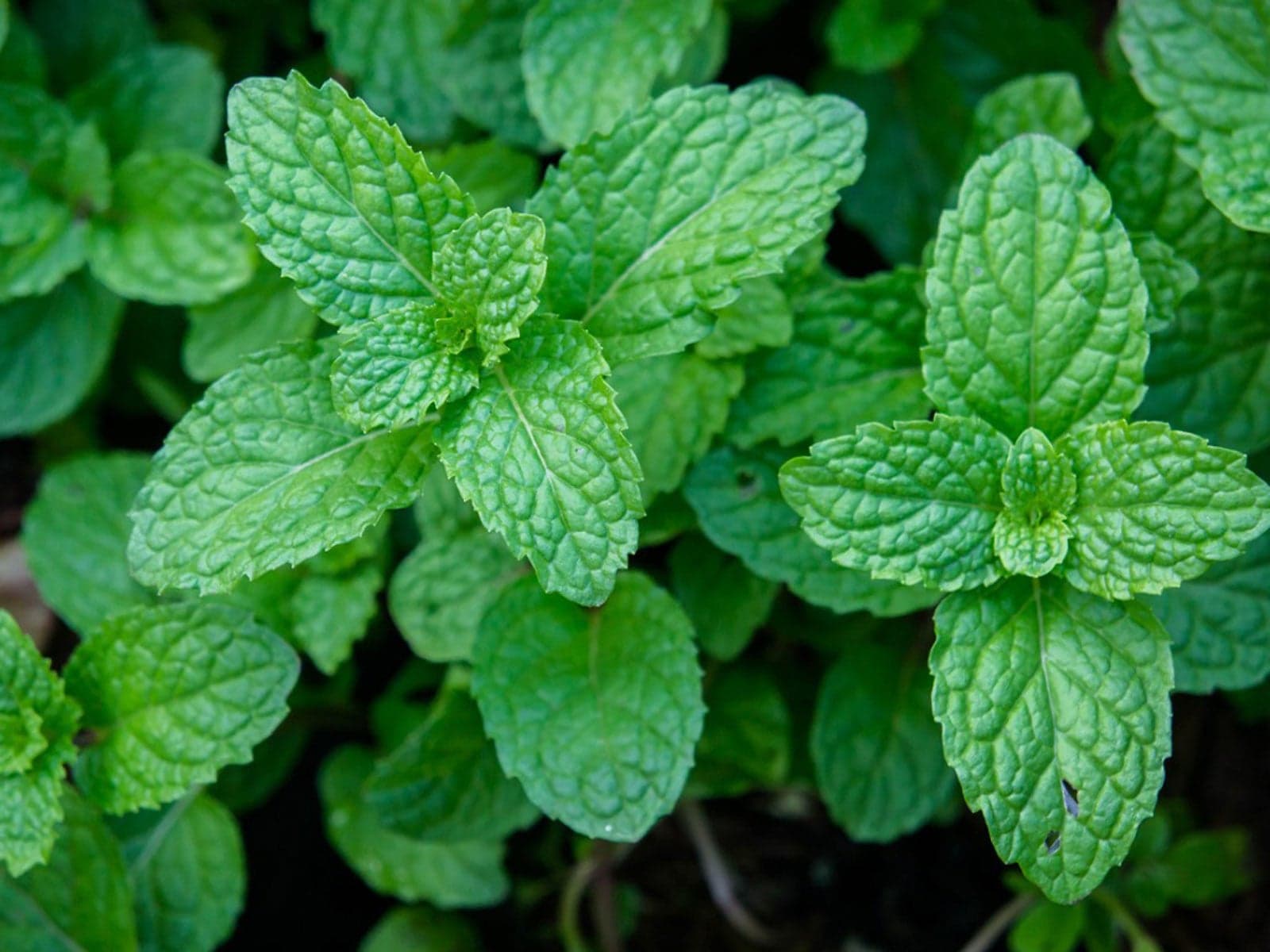
Scientific Name
Mentha × piperita
Common Names
Peppermint
Plant Family
Lamiaceae
Location
A hybrid mint (spearmint × watermint), native to Europe and now naturalized worldwide. Grows well in gardens, along stream edges, and in damp meadows. Thrives in sun to partial shade and spreads quickly.
Description
Perennial herb with square stems, dark green to purplish leaves, and spikes of pale purple flowers. The whole plant is powerfully aromatic — sweet, cool, and pungent.
Uses
Carminative, antispasmodic, analgesic, and cooling. Used for indigestion, nausea, IBS, tension headaches, muscle pain, and respiratory congestion. Also acts as a mild nervine and mood brightener. Topically, it relieves itching and pain.
Energetics
Cooling, drying, dispersive. Clears heat, calms spasms, and opens the head and breath.
Parts Used
Leaf (fresh or dried), essential oil (external use diluted)
Constituents
Volatile oils (menthol, menthone), flavonoids, tannins, rosmarinic acid
Dosage
- Infusion: 1 tsp dried or 1 tbsp fresh per cup; steep 10 min
- Tincture (1:5): 30–60 drops, 2–3x/day
- Essential oil: 1–2 drops diluted in carrier oil or lotion for topical use
Notes on Use
Peppermint is a classic — use it for digestive upset, sinus congestion, or when someone needs to cool down emotionally or physically. It pairs beautifully with chamomile for GI cramping, or with elderflower for fevers. Also great in salves or oils for sore muscles.
Harvesting
• Cut just before flowering for maximum oil content. Use fresh or dry quickly in shade.
Contraindications
Avoid strong doses in GERD or very cold constitutions. Essential oil can be too intense near eyes or mucous membranes.
Recipes
- Digestive Soother Tea: Peppermint, chamomile, fennel
- Cooling Headache Oil: Peppermint EO diluted in coconut oil
- Fever Ease Blend: Peppermint, elderflower, yarrow